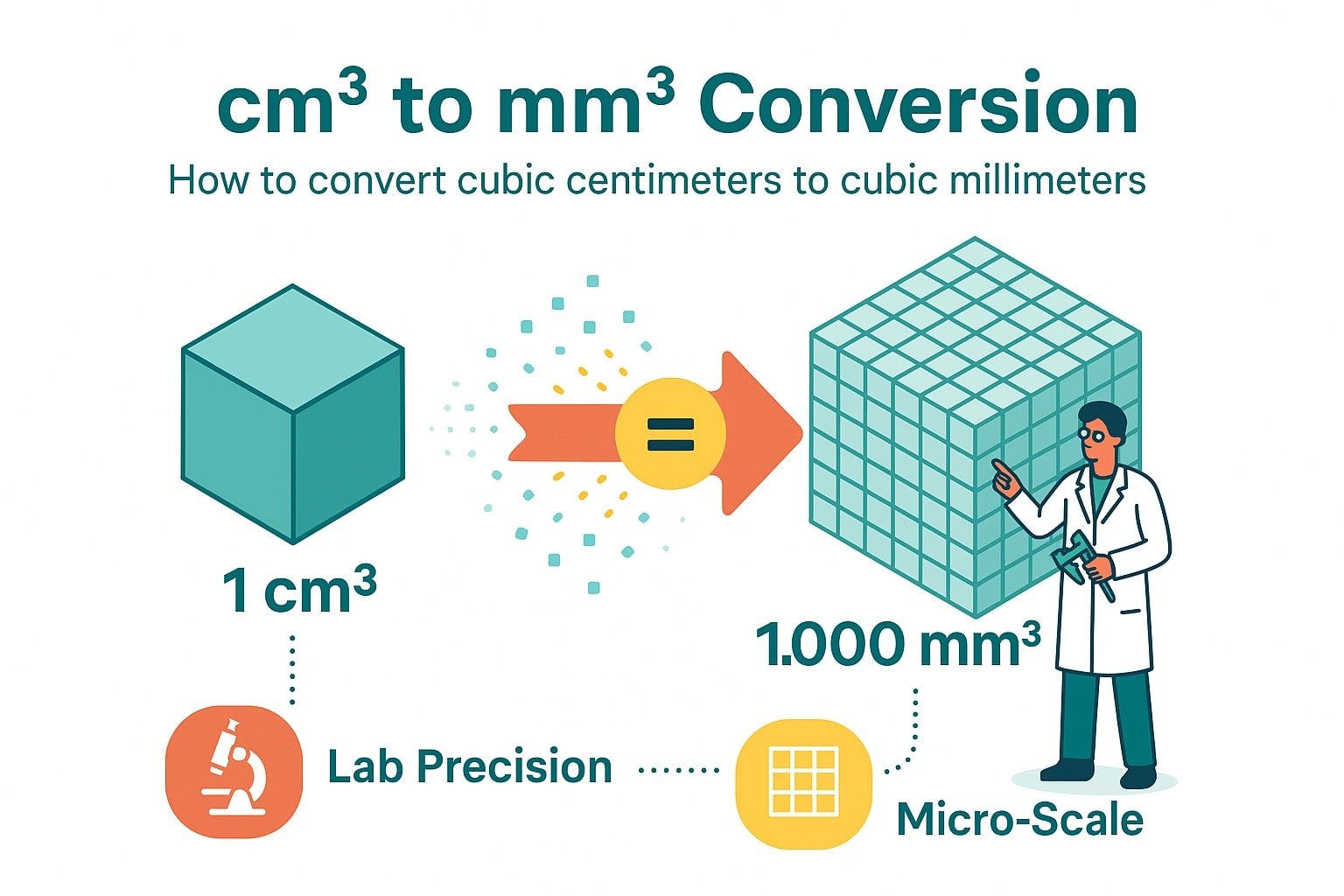Cubic Decimeter to Cubic Meter – How to convert dm³ to m³
Need to convert cubic decimeter to cubic meter for a project, calculation, or curiosity? These two metric units are closely related, and the math is refreshingly simple. Whether you’re working with liquids, materials, or room volumes, Jetcalculator makes the conversion quick and clear. Below, we’ll break down the relationship, share some fascinating facts, and explore how these units are used in real-world scenarios.

What is a cubic decimeter (dm³)?
A cubic decimeter (dm³) measures the volume of a cube with sides 1 decimeter (10 centimeters) long. It’s equal to 1 liter (L), which makes it one of the most familiar units for liquid volume.
From bottled beverages to chemical solutions, dm³ is widely used in daily life because it neatly links to liters, which people understand intuitively.
What is a cubic meter (m³)?
A cubic meter (m³) is the base SI unit for volume, representing a cube 1 meter (100 centimeters) on each side. It’s used for measuring large volumes – from cargo shipments to room space, industrial liquids, and building materials.
One cubic meter equals 1,000 liters (1,000 dm³), making it the standard for scaling up from smaller liquid or solid measurements to larger-scale applications.
How to convert cubic decimeter to cubic meter
The conversion couldn’t be simpler:
1 cubic meter = 1,000 cubic decimeters (1 m³ = 1,000 dm³)
To convert:
Cubic Meters (m³) = Cubic Decimeters (dm³) ÷ 1,000
Example: If you have 750 dm³ of water:
750 ÷ 1,000 = 0.75 m³
Rather skip the division? Use our Volume Converter or check out other Conversion tools for instant, error-free results.
Did you know?
-
The average bathtub holds about 150 liters, which equals 150 dm³ or 0.15 m³ – so a full tub barely fills a fraction of a cubic meter.
-
The largest aquarium tank in the world, the Chimelong Ocean Kingdom whale shark exhibit, holds 48,750 m³ of water – that’s 48.75 million dm³.
-
A standard fridge usually offers 300 dm³ of storage capacity, which translates to 0.3 m³ – showing how quickly everyday items add up in cubic meters.
-
In 2010, the Guinness World Record for the largest cup of coffee reached 14,228 liters (14,228 dm³), or 14.228 m³, enough to serve over 60,000 cups.
The Metric Link That Simplified Trade
In the early 19th century, as global trade expanded, merchants and scientists needed a unified way to measure liquid and bulk goods. According to historical archives from the International Bureau of Weights and Measures (BIPM), the liter (dm³) became the bridge between small, consumer-level quantities and the larger cubic meter (m³) standard for trade.
By defining 1 liter as 1 cubic decimeter, and linking 1,000 liters directly to 1 cubic meter, the metric system eliminated the confusion that plagued earlier trade, where barrels, gallons, and bushels varied by region. This simple relationship is one reason the metric system remains dominant today in science and commerce.
Wrapping It Up
Converting cubic decimeter to cubic meter is straightforward: just divide by 1,000. Whether you’re managing liquids, building materials, or shipping volumes, this conversion ensures accuracy without complicated math.
For quick and reliable results, use our Volume Converter or explore other Conversion tools to handle every unit conversion with ease.


